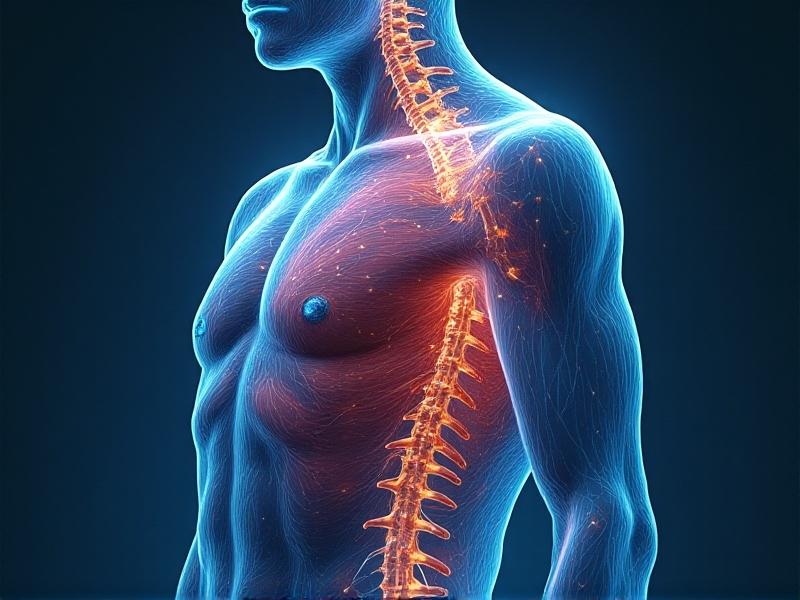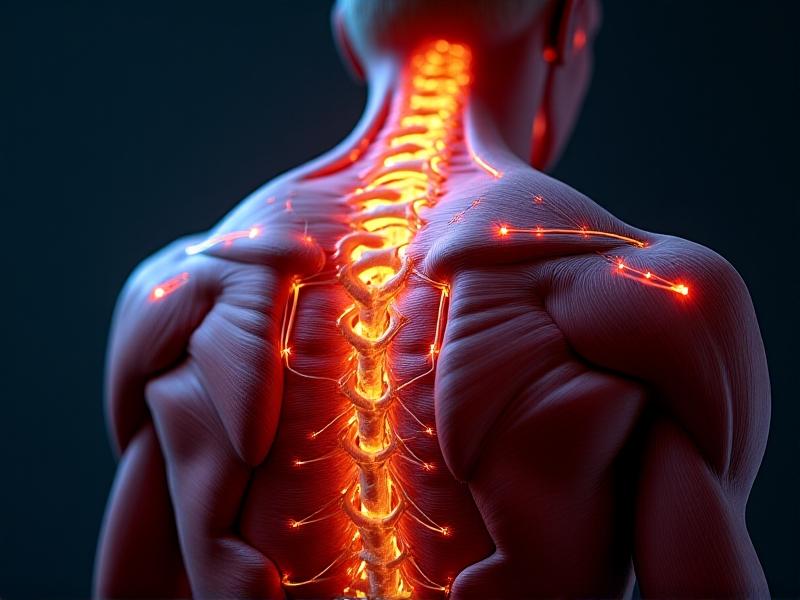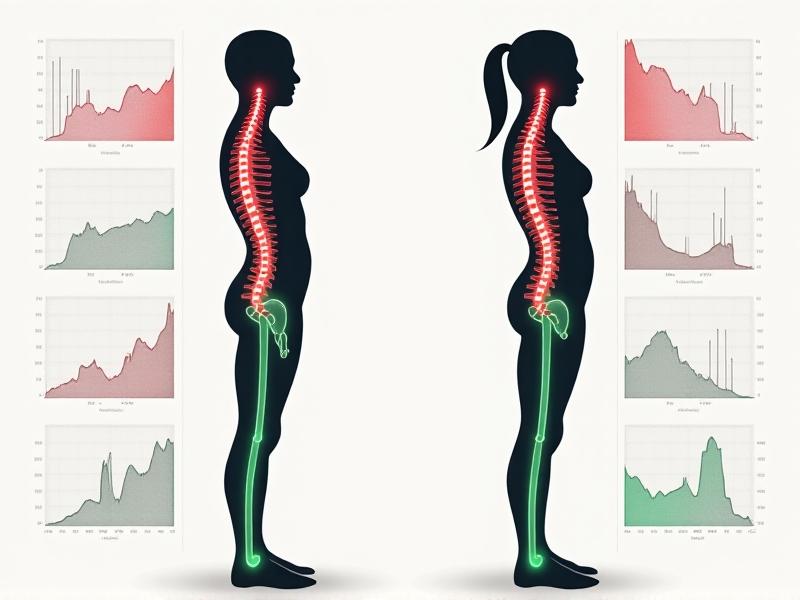```html
The Science Behind Stress and Posture

The relationship between stress and posture isn’t just anecdotal—it’s rooted in biology. When stress triggers the release of cortisol and adrenaline, muscles tense as part of the fight-or-flight response. Chronic stress keeps these muscles in a semi-contracted state, leading to postural adaptations like rounded shoulders or a forward-head position. Over time, this imbalance strains ligaments, joints, and even breathing patterns, creating a feedback loop where poor posture amplifies physical discomfort, which in turn heightens stress.
How Stress Manifests in the Body: Muscles and Movement

Stress doesn’t discriminate—it impacts everyone from office workers to athletes. Common trouble zones include the trapezius (upper back), sternocleidomastoid (neck), and psoas (hip flexors). These muscles tighten during stress, pulling the body into defensive positions: shoulders hike toward ears, the pelvis tilts forward, and the chest collapses. This “stress posture” reduces blood flow to muscles and limits diaphragmatic breathing, depriving the body of oxygen and perpetuating a state of hypervigilance.
The Vicious Cycle: Stress Leading to Poor Posture and Vice Versa

Imagine slouching over a laptop while anxious about a deadline. Your ribcage compresses, shallow breathing limits oxygen intake, and fatigue sets in. Now, your brain interprets this physical exhaustion as renewed stress, prompting further muscle tightening. Studies show that adopting upright postures can increase testosterone and lower cortisol—proof that posture isn’t just a symptom but an active player in stress biochemistry.
Recognizing the Signs: Postural Red Flags in a Stress-Filled World

Key indicators include text neck (head jutting forward), asymmetrical shoulders, or constant fidgeting. Less obvious signs include jaw pain from clenching, frequent tension headaches, or an inability to sit still. Workplace habits often accelerate these issues—leaning into screens, crossing legs unevenly, or using chairs without lumbar support compound stress’s physical toll.
Breaking the Cycle: Practical Strategies for Better Posture and Lower Stress
Micro-interventions reset both mind and body. Set hourly reminders to roll shoulders back and down. Use voice-to-text to reduce phone hunching. Apply heat packs to tense areas while practicing box breathing (4-second inhale, 4-second hold, 6-second exhale). Ergonomic tweaks like elevating monitors to eye level or using lumbar rolls help sustain alignment during stressful tasks.
Mindful Movement: Exercises to Align Body and Mind
Incorporate thoracic extensions over a foam roller to open the chest. Try the “Wall Angel”: stand back-to-wall, arms bent 90 degrees, and slide arms upward while keeping contact. For stress relief, combine cat-cow stretches with progressive muscle relaxation—tightening then releasing muscle groups from feet to face.
Creating Sustainable Habits: Integrating Posture Care into Daily Life
Pair posture checks with existing routines: check alignment while brushing teeth or waiting for coffee. Use stress spikes as cues—if your neck tightens during a call, pause to tilt your right ear toward shoulder and hold. Over weeks, these micro-habits rewire both neuromuscular patterns and stress responses, fostering resilience.





